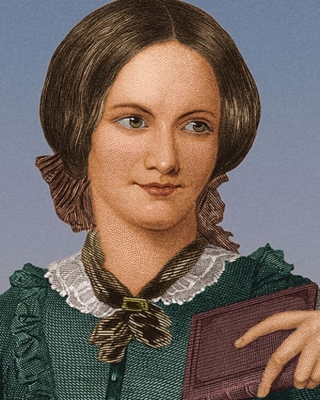
Emily Jane Brontë was an English novelist and poet who is best known for her only novel, Wuthering Heights, now considered a classic of English literature.
Emily Brontë’s work on Wuthering Heights cannot be dated, and she may well have spent a long time on this intense, solidly imagined novel. It is distinguished from other novels of the period by its dramatic and poetic presentation, its abstention from all comment by the author, and its unusual structure. It recounts in the retrospective narrative of an onlooker, which in turn includes shorter narratives, the impact of the waif Heathcliff on the two families of Earnshaw and Linton in a remote Yorkshire district at the end of the 18th century. Embittered by abuse and by the marriage of Cathy Earnshaw—who shares his stormy nature and whom he loves—to the gentle and prosperous Edgar Linton, Heathcliff plans a revenge on both families, extending into the second generation. Cathy’s death in childbirth fails to set him free from his love-hate relationship with her, and the obsessive haunting persists until his death; the marriage of the surviving heirs of Earnshaw and Linton restores peace.
Sharing her sisters’ dry humour and Charlotte’s violent imagination, Emily diverges from them in making no use of the events of her own life and showing no preoccupation with a spinster’s state or a governess’s position. Working, like them, within a confined scene and with a small group of characters, she constructs an action, based on profound and primitive energies of love and hate, which proceeds logically and economically, making no use of such coincidences as Charlotte relies on, requiring no rich romantic similes or rhetorical patterns, and confining the superb dialogue to what is immediately relevant to the subject. The sombre power of the book and the elements of brutality in the characters affronted some 19th-century opinion. Its supposed masculine quality was adduced to support the claim, based on the memories of her brother Branwell’s friends long after his death, that he was author or part author of it. While it is not possible to clear up all the minor puzzles, neither the external nor the internal evidence offered is substantial enough to weigh against Charlotte’s plain statement that Emily was the author.
Credit : Britannica
Picture Credit : Google




